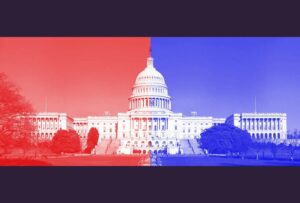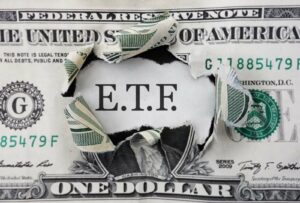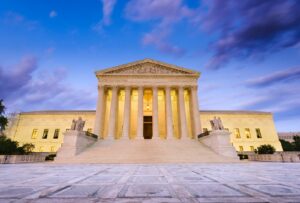The office of the president commands tremendous power. In the Trump era it’s easy to focus on the flamboyant individual holding court rather than the office itself. The habits of our current Chief Executive, however, make it easy to overlook a pattern on congressional delegation and acquiescence of power to the President that began generations ago.
The presidency, as originally designed, was not to be a co-equal branch with Congress and the judiciary but rather an office that only existed to enact the will of the legislative chambers. Congress during the late 20th century began acquiescing or delegating away significant rule-making authority and discretion to the executive branch, allowing the President to make rules or issue executive orders that carry the force of law at will.
As an immediate result of Richard Nixon’s abuses of power Congress enacted several pieces of legislation, much of which is now significantly less effective than when originally enacted. These include the 1976 National Emergencies Act, which repealed all existing Presidential declarations of emergencies and ostensibly circumscribed the reach of future emergency orders. Similarly, the 1978 Ethics in Government Act required disclosure of financial interests of many executive branch employees.
Despite such legislation, Congress allows executive branch employees (as well as its own members) to submit incomplete or inaccurate financial disclosures on a routine basis and fails to punish civil servants who shirk their responsibilities. Similarly, Congress has failed to use the National Emergencies Act to limit the use of executive emergency powers.





